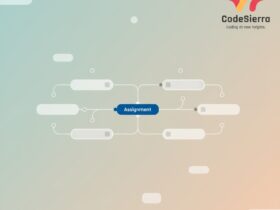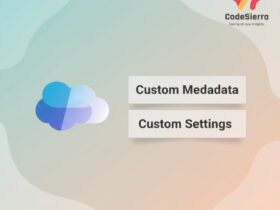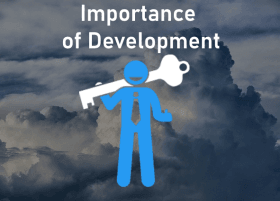Testing is a fundamental piece of any task as it helps in expelling botches and troubleshooting the mix-ups that have been made during the improvement stage. This can prompt legitimate usage and one can maintain a strategic distance from any sort of problems while running the program. Salesforce gives a powerful design to CRM and it supports a test-drive condition, however it additionally authorizes the equivalent. Now and again one can be hurried in applying and running up the CRM arrangement however this can prompt frequenting issues later, if the bugs are not fixed before execution. This makes it even more basic to have an all around arranged and sent engineering for the CRM, that is accessible by Salesforce. Bit of leeway of utilizing the stage, Force.com is that it permits brisk and simple application improvement utilizing standard and custom highlights, as Visualforce pages and Apex Classes. Force.com incorporates a system that is utilized to make and run test classes, yet when managing bigger volumes of information and applications with greater levels of popularity, at that point unit testing probably won’t be adequate. The beneath referenced focuses feature the design of Salesforce CRM arrangement and how they are valuable in augmenting the productivity.
Sorts of Testing
Salesforce offers an assortment of techniques to guarantee that the final product is absolutely acceptable and with no bugs. The different sorts of testing are referenced underneath:-
Stress Testing
Absence of assets or unnecessary solicitations can prompt irregular or extraordinary conditions and stress testing is utilized around then to check the exhibition of the framework. The fundamental errand of this is to make sense of the limits of the framework.
Burden Testing
With increment in the quantity of clients, there can be normal changes in the framework and burden testing can be performed at that example. Shifting burdens, such as changing number of clients, exchanges or even setups can be checked by this.
Execution Testing
This is done when there is a specific remaining burden and one needs to check the presentation. This should be possible where both different cases are performed.
Tests for Force.com stage
The Salesforce.com tests and guarantees that the stage Force.com has overabundance ability to help more than 1 billion exchanges day by day with a super-speedy reaction time. By utilizing representative constrains, the stage checks for exceptionally wasteful code and guarantees that clients have an incredible application experience. In this way, rather than going for a pressure test, one ought to like to do load or execution testing on the foreseen loads. Salesforce.com permits this just in sandbox conditions that excessively upheld with representative cutoff points. With exceptionally modified code or tremendous value-based volumes, it is prescribed to go for this, as it will guarantee that custom application or business rationale matches with the ideal reaction time. Additionally, it decides precise throughput of foreseen stacks by evaluated exchange. Unit testing before real execution testing can be valuable to recognize execution benchmarks for the solicitations. Designer Console, Workbench, and so on can be utilized to recognize execution issues related with the Visual power pages and Apex classes.
Salesforce gives the opportunity to its designers to compose cases themselves for their test code to troubleshoot. Test Methods or Test Classes, both of them can be actualized on code composed for testing purposes as it were. The Test Classes approach is independent of the represent a mark against as far as possible for Apex Code, however one may be limited by the authorizing concessions to the quantity of assets being utilized.
Robotized Testing
The testing technique in the Force.com stage is computerized where one can utilize an inventive and imaginative way to deal with programming testing approach. Everything is totally computerized, such as composing the code for information testing, utilizing it inside the test technique, running and erasing the test information. This makes it simple as one need not experience the problems of making, running and erasing one’s own test information. Best of all, the strategy submits nothing to the database, so there is no compelling reason to erase it later.
The general nature of the application relies upon it being absolutely mistake free and sans bug. It is a fantasy of each designer to manufacture such codes that pass the testing stage easily and the missteps are not left to frequent them later during the application stage. Thus, it assumes an essential job and makes life simple for an engineer by the Salesforce’s Testing Architecture.








Leave a Reply